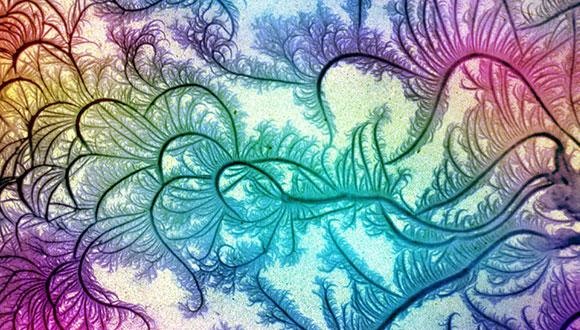Special Condensed Matter Physics Seminar: Demonstrating Quantum Error Correction at the Break-Even Point
Dr. Nissim Ofek, Yale
Abstract:
Quantum error correction (QEC) is necessary to protect fragile quantum states from the detrimental effects of unwanted couplings to a system’s environment. Typical approaches to realizing a QEC scheme involve redundantly encoding a quantum bit (qubit) into a larger space of quantum states that have symmetry properties, or parities, that allow one to measure observable error syndromes without corrupting the encoded information. Traditional approaches to QEC, such as the Steane or surface code, involve logical encodings that employ large numbers of physical qubits and error syndrome measurements, enhancing decay rates significantly and requiring considerable hardware overhead to realize. A hardware-efficient proposal, which we term the cat code, sheds much of this complexity by encoding a qubit in superpositions of cat states in a long-lived superconducting resonator, which has one dominant error syndrome: single photon loss. As these cat states are eigenstates of photon number parity, the loss of a single photon changes the parity without corrupting the encoded information. Here, in a superconducting cQED architecture, we demonstrate that we can track these errors in real-time with repeated single shot parity measurements and map their occurrence onto applications of a known unitary rotation of an arbitrary encoded state in the logical space. With these capabilities we could realize a full QEC system that can store a quantum bit of information for longer time than any of its constituents.
Seminar Organizer: Prof. Shimshon Barad


